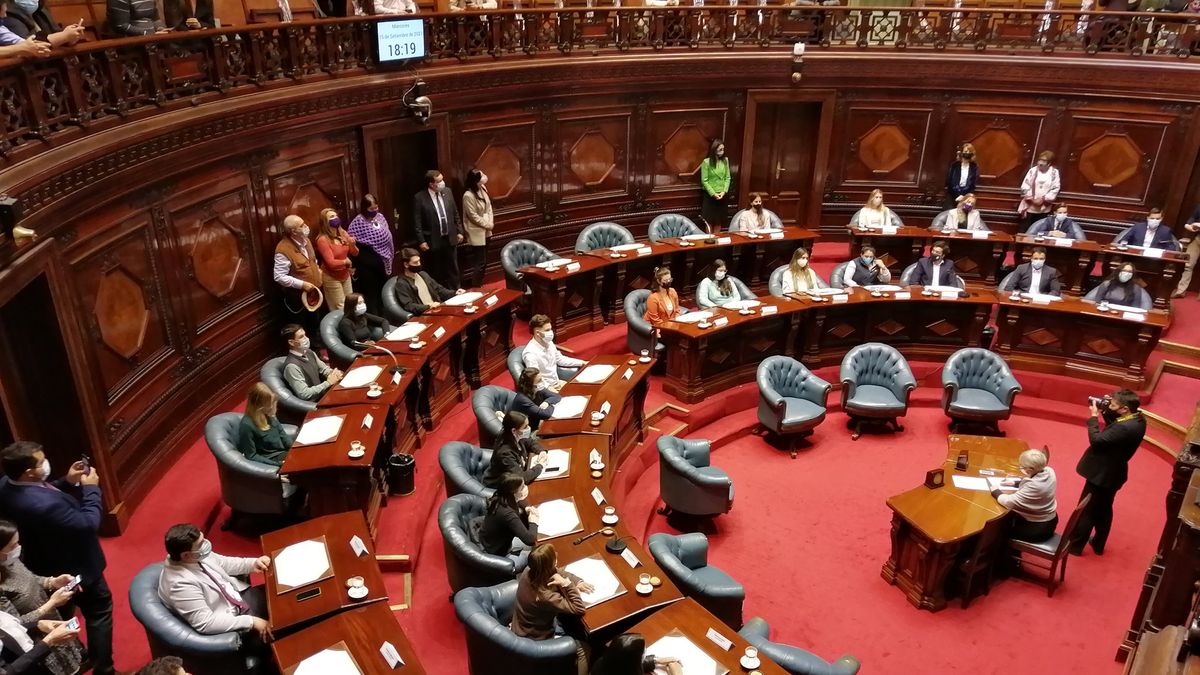The impact of the exchange rate delay on tourism and finances in Argentina
He National Institute of Statistics and Censuses (INDEC) published the international tourism figures for November 2024, revealing a worrying trend: a marked deterioration in the country’s tourism balance, driven by an exchange rate delay that encourages the departure of Argentines abroad and discourages the arrival of foreigners. This phenomenon reflects the distortions caused by the artificial strengthening of the peso in a context of exchange restrictions.
A tourist scale in red
In November, Argentina received 855,000 foreign visitors, 29.2% less than in the same month of 2023. In contrast, 1,168,100 Argentines traveled abroad, which represents an increase of 64% compared to the previous year. This generated a tourism deficit of 313,100 visitors, a situation that not only affects the tourism sector, but also the economy as a whole due to the loss of foreign currency income.
An emblematic case was the arrival of Brazilians to witness the final of the Copa Libertadores in Argentina. Despite its influx, visitors reported high costs of living during their stay, the result of the combination of a weakened real and an artificially strengthened peso. This problem is not exclusive to Brazil: the INDEC report shows drops in visits from all countries in the region, while Argentine outbound tourism continues to grow.
Rio de Janeiro.jpg
The exchange rate delay as the root of the problem
The strengthening of the peso is not a consequence of an improvement in economic fundamentals, but rather of an exchange rate policy that uses the dollar as an inflationary anchor. The application of a dollar update “table” that does not reflect either internal inflation or global dollar variations creates distortions that affect tourism and other sectors.
With the holidays approaching, this trend could intensify. Tourism agencies record booking records for destinations such as Brazil and a significant increase in other international destinations, even compared to previous years.
The impact of the expiration of the COUNTRY Tax
As of December 23, the COUNTRY Tax of 30% on spending with credit and/or debit cards abroad is no longer in force. Now, there is only the 30% surcharge corresponding to the collection of the Income and Personal Property Tax, which is recoverable. This makes the “card dollar” cheaper and could stimulate consumption abroad.
However, this measure is not the main cause of the growing deficit in the “Travel, tickets and other card payments” account, which reached a red mark of 691 million dollars in October and could exceed 2,000 million dollars per month in the first two months of 2025. This problem lies, again, in exchange rate policy. The collection of additional taxes or the elimination of the COUNTRY Tax are only temporary palliatives that do not attack the root of the imbalance.
Beyond tourism: a widespread economic impact
The tourism sector is one of the first to show the consequences of a misaligned exchange rate, but it is not the only one. The distortions are also beginning to be reflected in other areas of the economy. Just as international destinations become more accessible for Argentines, an increase in the import of goods that compete with local production will also begin to be observed.
This phenomenon could aggravate the imbalance in the balance of payments in the coming months, with a negative impact both on economic activity and on the demand for foreign currency. An import made today could be reflected in the trade balance figures only in three or four months, increasing pressure on international reserves.
Conclusion: the urgency of a sustainable exchange rate policy
The current strategy of artificially strengthening the peso has generated a scenario of inconsistencies that not only puts the tourism sector in check, but also the country’s macroeconomic balance. Normalizing exchange rate policy is an urgent task. As long as these distortions persist, the consequences will continue to extend beyond tourism, affecting the economy as a whole and putting at risk the economic achievements achieved so far.
Source: Ambito
I am a 24-year-old writer and journalist who has been working in the news industry for the past two years. I write primarily about market news, so if you’re looking for insights into what’s going on in the stock market or economic indicators, you’ve come to the right place. I also dabble in writing articles on lifestyle trends and pop culture news.




